
Early in the morning after a hot cup of coffee, Jim climbs up onto his tractor, turns the key, and drives to the edge of his vast corn fields. The arms of the spray boom unfold, creating a wingspan of 120 feet. As Jim drives down designated rows, a combination of water and chemicals sprays over his crops coating everything, but killing only pesky weeds (“Crop Sprayer”, n.d.). While most perish under the harsh conditions, a few weeds survive. Application after application, season after season, more weeds survive. Attempting to save his corn yields while still making some profit, Jim increases application rates and dates. However, as time goes on, nothing seems to help. The pesky weeds outsmarted the old farmer, leaving him in despair (“How Pesticide Resistance Develops”, n.d.).
Jim, like thousands of farmers across the country, is experiencing negative aspects of monoculture, or the agricultural practice of growing a singular crop species in which all plants are genetically similar or identical over vast acres of land (“Biodiversity”, n.d.). Despite high yields and relatively low input prices, growing just one species of crop on many acres of land creates major pest problems. Current American agricultural policies covered by the Farm Bill incentivize the overproduction of commodity crops, such as corn, wheat, soybeans and cotton, in monoculture systems. When the Farm Bill originated during the Great Depression, however, its goal was to preserve the diversified farm landscape. At the time, surplus ran high but demand fell low, driving crop prices into the ground. Farmers struggled to make mortgage payments. Fearing that farms would be forced out of business, President Roosevelt passed the Agricultural Adjustment Act, which paid farmers to not cultivate a certain percentage of their land. This successfully reduced supply and increased prices, keeping the market afloat (Masterson, 2011). Following the stabilization of crop prices, the Farm Bill became a permanent piece of legislation in 1938. For the next forty years, farmers continued to grow both staple crops (corn, wheat, and oats) and specialty crops (fruits and vegetables), as well as livestock (Haspel, 2014).
During the latter half of the 20th century, American agriculture experienced an overhaul. The Green Revolution during the 1960s increased crop production through the introduction of synthetic fertilizers, pesticides, high-yielding crop varieties, and farm equipment mechanization (Mills, n.d.). Farm size dramatically increased over time; since the 1980s, the average number of acres per farm increased by over 100% (DePillis, 2013). Farms consolidated, resulting in 20% of farmers producing 80% of agricultural outputs (Mills, n.d.). New practices, combined with new additions to the Farm Bill, changed the way farmers managed risk (Haspel, 2014). One such addition included the Marketing Loan Program, which revolves around a set price agreed upon by Congress. If crop prices fall below a certain point, the U.S. government will reimburse farmers the difference. This reimbursement program encourages farmers to increase production regardless if they need to or not. The more they grow, the more money they make, even if it lowers current market crop prices (Riedl, 2007). In 1996, for example, Congress increased the price point of soybeans from $4.92 to $5.26 a bushel. To capitalize on the situation, farmers planted 8 million more acres of soybeans, dropping soybean market prices 33% (Riedl, 2007). Despite the price drop, farmers actually made more money through the reimbursement program. The Farm Bill promotes overproduction which saturates the market with product and artificially lowers prices.
In addition to overproduction, industrial monoculture predisposes farms to pest problems. To keep up with intensified production, farmers increased pesticide and fertilizer usage, crop density, and the number of crop cycles per season, but decreased crop diversity (Crowder & Jabbour, 2014). Overcrowding genetically uniform plants allows pests to spread through fields with relatively little resistance, compared to a more diverse array of species (“Biodiversity”, n.d.). Perhaps the most infamous account of pests sweeping through a field occurred in Ireland during the 1840s. Irish farmers grew a single variety of potatoes. In 1845, the potato late blight fungus destroyed nearly half of the potato crop, and continued to kill more and more for seven years (“Irish Potato Famine”, 2017). Just like fields during the Irish Potato Famine, modern monocultures risk infestation at any moment.
The inherent issues of pest management in monoculture systems will be exacerbated by the effects of climate change. Increases in average temperature creates a favorable environment that support larger pest populations. All insects are cold-blooded organisms, meaning that their body temperatures and biological processes directly correlate to environmental temperatures (Petzoldt & Seaman, 2006; Bale & Hayward, 2010). The reproductive cycles for pests such as the European corn borer, Colorado potato beetle, and Sycamore lace bug depend on temperature (Petzoldt & Seaman., 2006). Due to higher average temperatures, these reproductive cycles require less time (Petzoldt & Seaman, 2006). For example, the Sycamore lace bug saw drastic time reductions in egg development. At 19?C, Sycamore lace bug eggs required 20 days to fully develop, but at 30?C, eggs reached full maturity in 7.6 days (Ju et al., 2011, p. 4). Warmer average temperatures allow faster reproduction rates of pests, leading to a significant increase in pest populations. As pest populations grow in size, so does the threat to monoculture farming.
Higher average temperatures will not only shorten the reproductive cycles of insects, but will also limit the pest control mechanisms of winter. 2015 was the warmest winter on record, and 2016 was not much cooler. On any given day throughout 2016, states across the country experienced daily temperatures up to 12.1?C warmer than normal (Samenow, 2017, Chart II). As a result of climate change, scientists expect milder winters to continue. The National Weather Service predicts the winter of 2017 will be consistently warmer than usual (Samenow, 2017). Insects lack a method to retain heat, forcing crop pest to develop survival strategies during winter. Insects fall into two categories, freeze-tolerant and freeze-avoiding, both which remain dormant throughout the winter (Bale & Hayward, 2010). Milder winter temperatures will have varying effects on species of crop pest, but overall a 1-5?C increase will decrease thermal stress in both freeze-tolerant and freeze-avoiding insects (Bale & Hayward, 2010). The southwestern corn borer is one species that benefits from milder winters. During summer of 2017, farmers in Arkansas reported higher numbers of southwestern corn borers (SWCB) following the mildest winter recorded in 2016. To combat SWCB, farmers across the state deployed pheromone traps. The traps captured 300% more SWCB moths per week during the 2017 season compared to previous years. (Studebaker, 2017). Mild winters will help crop pests survive through the winter, increasing the potential for crop infestation and damage.
Warmer winters will also drive pest populations northward into uncharted territories of farmland. The United States Department of Agriculture (USDA) classifies similar climatic regions into hardiness zones to help farmers determine which crops will thrive in their area. Over the past thirty years, increasing temperatures associated with climate change have shifted hardiness zones towards the north. For example, the USDA now classifies northwestern Montana as a zone 6a instead of 5b. Crops such as ginger and artichokes can now successfully grow in this region (Shimizu, 2017). Similarly, more pests can thrive in more northern locations. Beetles, moths, and mites are moving towards the poles at a rate of 2.7 kilometers per year (Barford, 2013). Additionally, fungi and weeds are moving north at a rate of 7 kilometers per year (Barford, 2013). As these ranges grow, farmers need to develop new strategies to control pests they have never encountered. Climate change will unleash a myriad of changes in crop pests: their reproduction rate, winter survival rate and ranges all increase as temperatures rise. To adapt to these changes, farmers have many options, each with their limitations.
The most common strategy to combat pests in monoculture productions is to increase pesticide application rates per acre. Theoretically, more pesticides will kill more pests. However, that solution losing practicality due to the more subtle effects of climate change. Pesticides efficacy decreases as the global temperatures rise. Detoxification rates, or the time required to breakdown a pesticide to render it unharmful to weeds, decrease with increasing temperatures (Matzrafi et al., 2016, p. 1223). A 2016 study, for example, determined that climate change negatively affected the effectiveness of two common herbicides, diclofopmethyl and pinoxaden. At low temperatures (22-28?C) diclofopmethyl and pinoxaden prevented the growth of any weeds. However, at high temperatures (28-34?C) 80% of weeds survived diclofopmethyl application and 100% of weeds survived pinoxaden application (Matzrafi et al., 2016, p. 1220, 1223). Applying larger quantities may work initially, but as the overall global temperature continues to rise, pesticides will become less and less effective. Farmers will not be able to afford the quantities needed to control pests.
While current pesticides are losing their ability to kill crop pests, new, more effective pesticides are millions of dollars and years away from development. In 2016, developing a new pesticide required almost 11 years of research and carried a price tag of $287 million dollars. Technological advancements will not be developed fast enough to defend monocultures from the risk of change (“Cost of Crop,” 2016). Consequently, farmers will apply higher quantities of the same pesticide in hopes to control the pest issue. Pesticide cost estimates, under a 2090 climate change model, predict that there is a direct correlation between increasing temperatures and increasing pesticide cost for crops such as corn, cotton, potatoes, and soybeans. In some areas, pesticide usage costs will increase by as much as 23.17% by 2090, aggressively cutting into profit margins (Chen & McCarl, 2001, Table VII).
While farmers attempt to mitigate the negative consequences climate change has on pesticides by increasing usage, further issues arise. Pesticide resistance occurs following repetitious applications of the same pesticide to a field. With each pesticide application, a select few pests survive. They pass on their resistance genes to their offspring, and more individuals survive pesticide application in the subsequent generation. Eventually, the pesticide stops controlling the pest, and crop damage occurs (“How Pesticide Resistance Develops”, n.d.). Currently, there are over 500 reported cases of pesticide resistance and over 250 cases of insecticide resistance worldwide (Gut, Schilder, Isaacs, & McManus, n.d.; “International Survey”, 2017). The most infamous case of pesticide resistance occurs within Roundup Ready crops. Scientists genetically modified crops such as cotton, corn, and soybeans to tolerate glyphosate applications, which is the generic name for the common household weed-killer Roundup. Farmers can spray entire fields with glyphosate and kill everything except the crop itself (Hsaio, 2015). In the United States, 90% of soybeans and 70% of corn grown are Roundup ready crops. The prevalence of Roundup ready crops exposes the drawbacks of monoculture systems. For example, over 10 million acres of farmland in the United States have been afflicted by Roundup resistant pests such as pigweed (Neuman & Pollack, 2010). The increasing rate of Roundup resistance has the potential to dramatically interrupt food security of United States.
As climate change increases the prevalence and range of pests and decreases pesticide efficacy, American farmers will begin to lose their ability to control and maintain its current production levels. Monoculture farms expose themselves to higher risks of pest infestations as well as pesticide resistance. The best strategy for maintaining a stable food supply is to transform American agriculture from monoculture systems to sustainable, diversified farms with a variety of specialty crops. Generally speaking, the more diversified agricultural land is, the more resilient the land is to climate change and other disturbances (Walpole, et. al, 2013). Monoculture fields lack biodiversity, which hinders natural pest control. Unwanted species can spread throughout entire fields with relative ease due to an abundance of their host species and lack of natural predators. In diversified fields, however, pests encounter more resistance when attempting to invade a field; more natural pests and predators, known as biological controls, limit their movement (Brion, 2014).
Diversified farms may already have natural biological controls in their ecosystem, although they can be introduced to farms as well. Biological controls prove to be more cost effective and environmentally conscious than chemical control. Both methods take roughly ten years to develop, but biological controls are much cheaper. In 2004, it cost only two million U.S. dollars to develop a successful biological control, whereas it took $180 million U.S. dollars to develop a successful chemical control. Furthermore, biological control development are 10,000 times more successful than chemical control development, largely in part due to the directed search for biological agents versus the broader search for chemical agents. Most importantly, biological controls exhibit very little to no risk of resistance and harmful side effects, whereas chemical controls have a high risk of resistance and many side effects (Bale, van Lenteren, & Bigler, 2008).
In addition to increasing biodiversity and biological controls, diversified farms use different management practices than monoculture farms. Diversified farms tend to use less synthetic chemical pesticides per unit of production than conventional farms, according to a National Resource Council study (Walpole, et. al, 2013). They also produce more per hectare than large-scale plantations. As stated in a 1992 agricultural census report, diversified farms grew more than twice as much food per acre than large farms by cultivating more crops and more kinds of crops per hectare (Montgomery, 2017).
To mitigate the effects of climate change on American agriculture, the U.S. government must alter its agricultural policies to promote diversified farming. Removing commodity crop subsidies and reallocating that money to farms that practice diversified farming techniques will decrease overproduction in monoculture operations that rely on heavy pesticide usage. Farmers will no longer be able to produce a single crop at maximum volume and continue to make a profit because programs like the Marketing Loan Program will no longer exist. In turn, this will help alleviate pesticide resistance caused by overuse and climate change. Farmers who grow a variety of specialty crops will be rewarded for their environmental stewardship through monetary compensation, similar to how mono-cropping farms used to receive subsidies.
The United States would not be the first country to remove crop subsidies. In 1984, New Zealand removed their crop subsidy program. Like the United States, New Zealand had subsidized as much as 40% of a farmer’s income throughout the 1970s into the early 1980s (Imhoff, 2012, p. 103). Farmers took advantage of government programs similar to the Marketing Loan Program in the U.S. by producing more, therefore receiving more subsidies. During the 1984 election, however, the winning party ran a platform to remove subsidies. The elimination of subsidies from the budget caused no major food shortages like supporters of the U.S. Farm Bill claim would happen. Instead, New Zealand saw an increase in efficiency. For example, the total number of sheep fell following 1984, but weight gain and lambing productivity increased. The dairy industry in New Zealand also saw drastic increases in efficiency, bringing production costs for cattle to the lowest in the world (Imhoff, 2012, p. 104).
In addition to more efficient farms, there is an interesting aspect of subsidy removal brought light to in the New Zealand case. After the 1984 repeal, pesticide usage reduced by 50% (William, 2014). If the United States adopted a similar practice to New Zealand, but instead reallocated commodity crop subsidies towards diversified farming practice, there would be an influx of more efficient and productive farms that could feed the nation while using less pesticides.
Many states have begun to implement grant programs to promote diversified farming. In 2017, Massachusetts granted over $300,000 toward businesses and farms promoting diversification through specialty crop production. In concurrence with the USDA, Boston offered grants for projects aimed at improving Massachusetts specialty crops, which include fruits and vegetables, dried fruits, tree nuts, and horticulture and nursery products. In general, these grants support projects that help increase market opportunities for local farmers and promote sustainable production practices by giving money to diversified farms more funds. Community Involved in Sustainable Agriculture (CISA), for example, received a portion of this grant. With the money, CISA plans to provide financial support to specialty crop farmers in Western Massachusetts. The Sustainable Business Organization also received part of the grant, with which they hope to build relationships between specialty crop farmers and buyers. By removing barriers that prevent farmers and customers from doing business, the Sustainable Business Organization hopes to increase sales of specialty crops across New England (“Baker-Polito,” 2017).The United States federal government often looks upon states to make sure programs work on a smaller before the whole country takes after them on a larger scale. If the United States removes subsidies that encourage monoculture and reallocates that money towards diversifying crops on farms, American farmers could emulate programs like those in Massachusetts. By doing so, problems associated with pests and climate change will be mitigated.
Facing the adverse effects of monoculture agricultural systems and climate change, farmers and legislature must work together to diversify farms across the United States. The current monoculture overproduces food, leading to an increased use of pesticides, even by the mere increase of agricultural land alone. On top of this, increasing temperatures associated with climate change are threatening American agriculture as well. Warmer temperatures increase pest populations and decrease the efficacy of pesticides. Furthermore, overuse of pesticides is allowing pests to develop pesticide resistance, creating a snowball effect between pests, pesticide usage, and pesticide resistance. In order to preserve food security and mitigate the effects of climate change, the United States must remove commodity crop subsidies and reallocate the funds towards diversified farming practices. Doing so will decrease the need for pesticides while increasing crop yields. The fight against climate change will prove to be a challenging process, but collaboration between farmers and government will help ease the process and create positive change.
AUTHORS
Julia Anderson – Animal Science and Sustainable Food and Farming
Emily Hespeler – Environmental Science
Steven Zwiren – Building and Construction Technology
REFERENCES
Baker-Polito administration announces over $300,000 in grants to promote specialty crops. (2017). Retrieved from http://www.mass.gov/eea/pr-2017/mdar-awards-over-300000-to-promote-specialty-crops.html
Bale, J.S., Hayward, S.A.L. (2010). Insect overwintering in a changing climate. Journal of Experimental Biology, 213, 980-996. doi: 10.1242/jeb.037911
Bale, J. S., van Lenteren, J. C., & Bigler, F. (2008). Biological control and sustainable food production. Philosophical Transactions of the Royal Society of London. Series B, Biological Sciences, 363, 761-776.
Barford, E. (2013, September). Crop pest advancing with global warming. Retrieved from https://www.nature.com/news/crop-pests-advancing-with-global-warming-1.13644
Biodiversity and agriculture. (n.d.). Retrieved from https://chge.hsph.harvard.edu/biodiversity-and-agriculture
Chen, CC. & McCarl, B.A. (2001). An investigation in the relationship between pesticide usage and climate change. Climatic change, 50, 475-487. https://doi.org/10.1023/A:1010655503471
Cost of crop protection innovation increases to $286 million per year. (April 13, 2016). Retrieved from www.croplifeamerica.org/cost-of-crop-protection-innovation-increases-to-286-million-per-product/.
Crowder, D. W., Jabbour, R. (2014). Relationships between biodiversity and biological control in ecosystems: Current status and future challenges. Biological Control, 75, 8-17. Doi: http://dx.doi.org/10.1016/j.biocontrol.2013.10.010.
DePillis, L. (2013). Farms are gigantic now. Even the “family owned” ones. Retrieved from https://www.washingtonpost.com/news/wonk/wp/2013/08/11/farms-are-gigantic-now-even-the-family-owned-ones/?utm_term=.3f7b3097e6b3
Gut, L., Schilder, A., Isaacs, R., & McManus, P. (n.d.). How pesticide resistance develops. Available at msue.anr.msu.edu/topic/grapes/integrated_pest_management/how_pest_resistance_develops
Haspel, T. (2014, February 18). Farm bill: why don’t taxpayers subsidize the foods that are better for us? Retrieved from https://www.washingtonpost.com/lifestyle/food/farm-bill-why-dont-taxpayers-subsidize-the-foods-that-are-better-for-us/2014/02/14/d7642a3c-9434-11e3-84e1-27626c5ef5fb_story.html?utm_term=.6e90c5eeb2be
How a crop sprayer works. (n.d.). Retrieved from http://lethamshank.co.uk/sprayer.htm
How pesticide resistance develops (n.d.). Retrieved from http://msue.anr.msu.edu/topic/grapes/integrated_pest_management/how_pesticide_resistance_develops.
Hsaio, J. (2015). GMOs and pesticides: Harmful or helpful? Available at: sitn.hms.harvard.edu/flash/2015/gmos-and-pesticides/.
Imhoff, Dan (2012). Food fight: the citizen’s guide to the next food and farm bill. Healdsburg, California: Watershed Media
International Survey of Herbicide Resistant Weeds. (2017). Retrieved from www.weedscience.org/.
Irish Potato Famine. (2017). Retrieved from http://www.history.com/topics/irish-potato-famine
Ju, R., Wang, F., & LI, B. (2011). Effects of temperature on the development and population growth of the Sycamore lace bug, Corythucha ciliata. Journal of Insect Science, 1-12. doi:10.1673/031.011.0116
Masterson, K. (2011). The farm bill: From charitable start to prime budget target. Retrieved from https://www.npr.org/sections/thesalt/2011/09/26/140802243/the-farm-bill-from-charitable-start-to-prime-budget-target.
Matzrafi, M., Seiwert, B., Reemtsma, T., Rubin, B., & Peleg, Z. (2016). Climate change increases the risk of herbicide-resistant weeds due to enhanced detoxification. Planta, 244, 1217–1227. doi: 10.1007/s00425-016-2577-4
Mills, R. (n.d.). A harsh reality. Retrieved from http://aheadoftheherd.com/Newsletter/2011/A-Harsh-Reality.html
Montgomery, D. (2017, April 5). Three big myths about modern agriculture. Retrieved from https://www.scientificamerican.com/article/3-big-myths-about-modern-agriculture1/
Neuman, W. and Pollack, A. (2010). Farmers cope with roundup-resistant weeds. Retrieved from www.nytimes.com/2010/05/04/business/energy-environment/04weed.html?pagewanted=all
Petzoldt, C., Seaman, A. (2006). Climate change effects on insects and pathogens. Retrieved from http://www.panna.org/sites/default/files/CC%20insects&pests.pdf
Riedl, B. (2007). How farm subsidies harm taxpayers, consumers, and farmers too. Retrieved from http://www.heritage.org/agriculture/report/how-farm-subsidies-harm-taxpayers-consumers-and-farmers-too – _ftnref14
Samenow, J. (2017, October 16). Climate change at work? Weather service calls for third straight mild winter. Retrieved from https://www.washingtonpost.com/news/capital-weather-gang/wp/2017/10/19/climate-change-at-work-weather-service-calls-for-third-straight-mild-winter/?utm_term=.60cb32e824a4
Shimizu, K. (2017). Did you know that USDA hardiness zones have changed? Retrieved from https://www.rodalesorganiclife.com/garden/hardiness-zone-changes
Studebaker, G. (2017, June 06). Southwestern corn borer alert. Retrieved from http://www.arkansas-crops.com/2017/06/05/southwester-borer-alert/
Walpole, M., Smith, J., Rosser, A., Brown, C., Schulte-Herbruggen, B., Booth, H., & Sassen, M. (2013). Smallholders, food security, and the environment. Retrieved from https://www.ifad.org/documents/10180/666cac24-14b6-43c2-876d-9c2d1f01d5dd
William, Miao. (2014) Removal of agricultural subsidies in New Zealand. Retrieved from http://archive.epi.yale.edu/case-study/removal-agricultural-subsidies-new-zealand

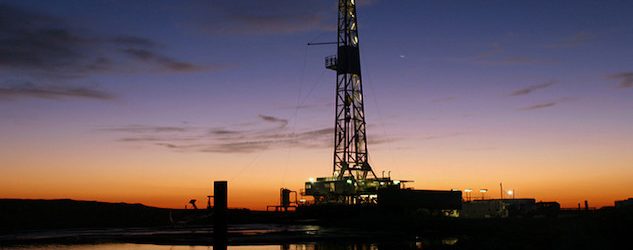

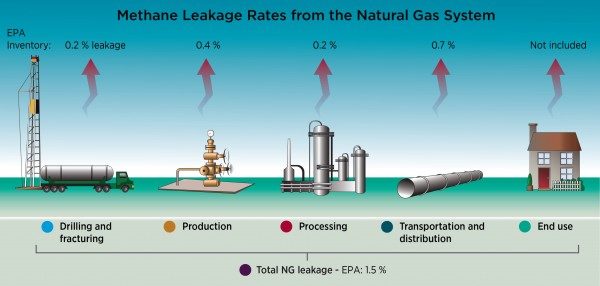






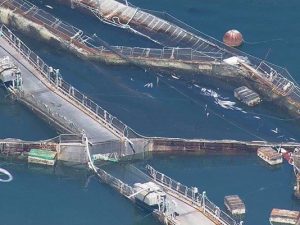





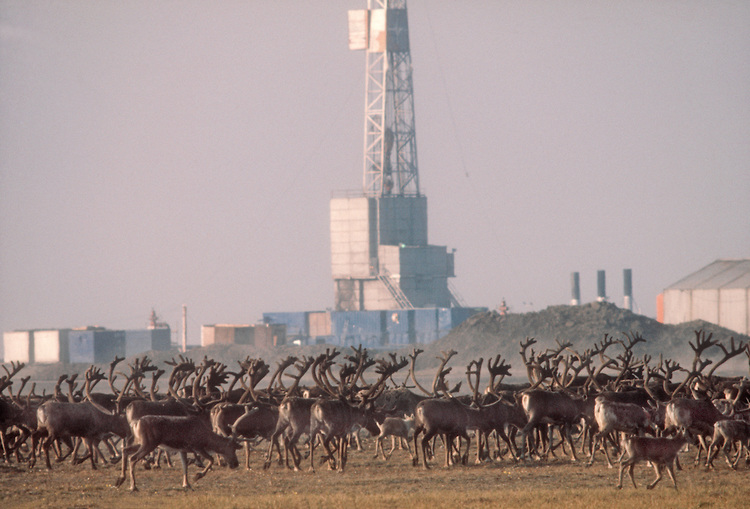
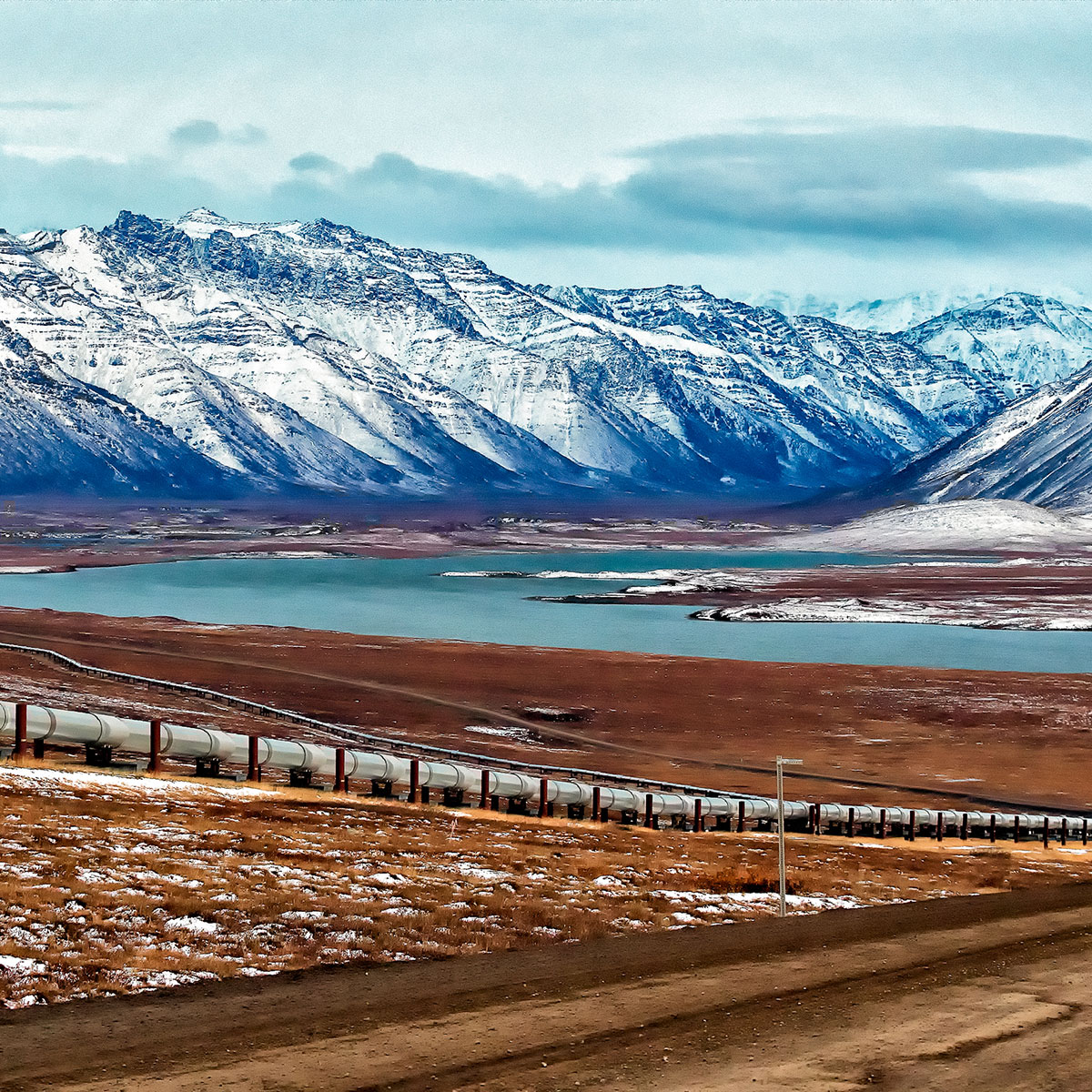
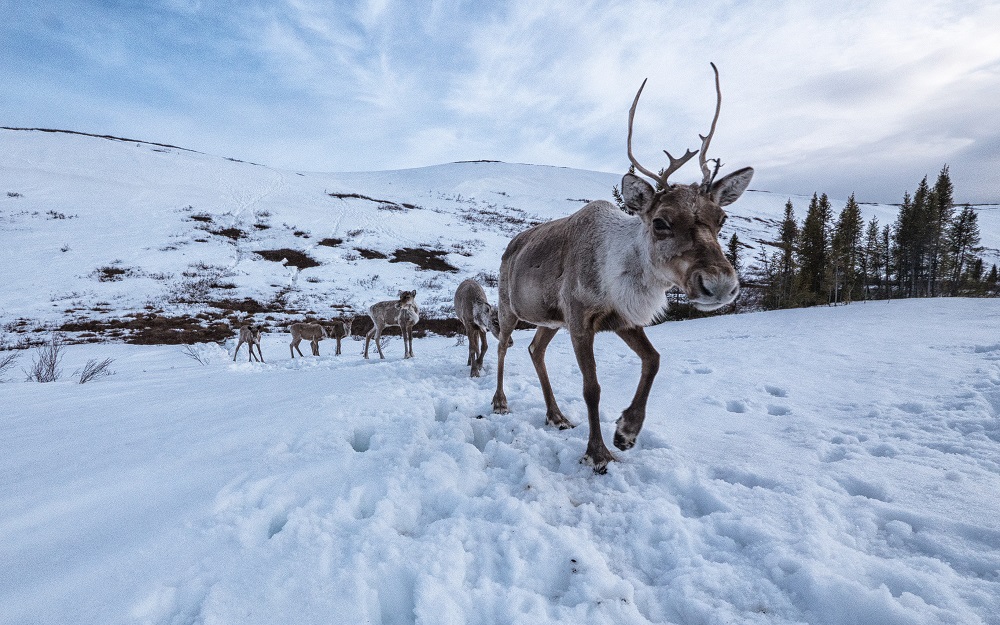
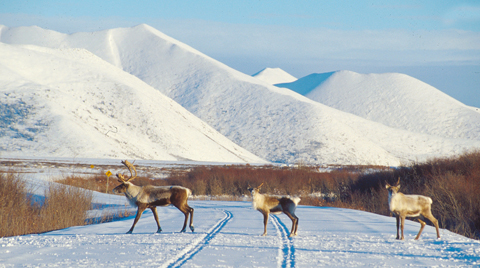


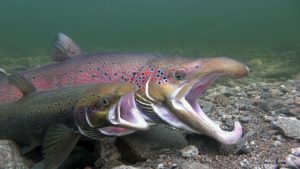
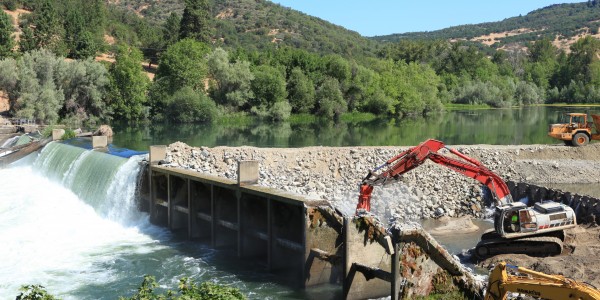














Recent Comments